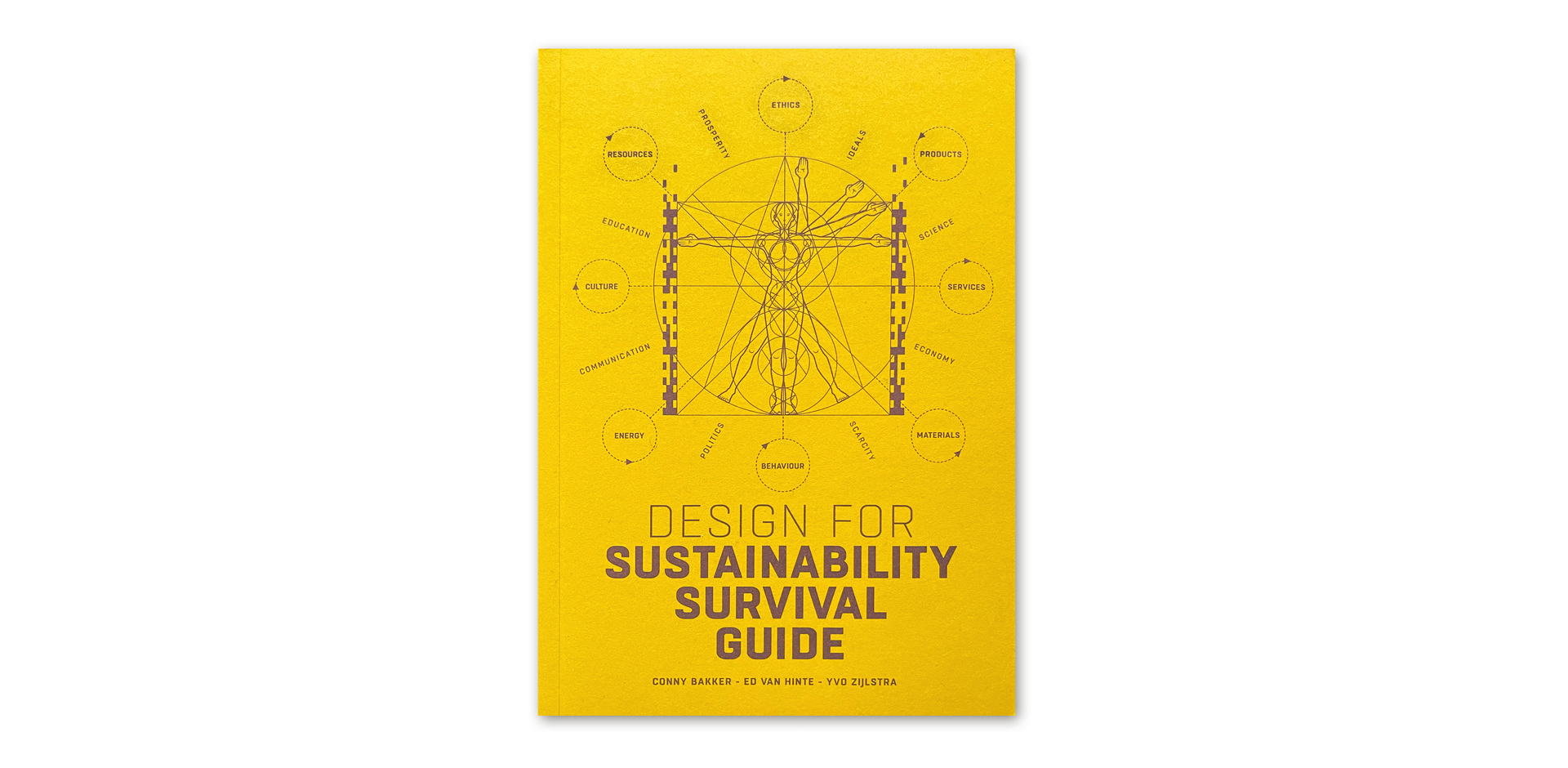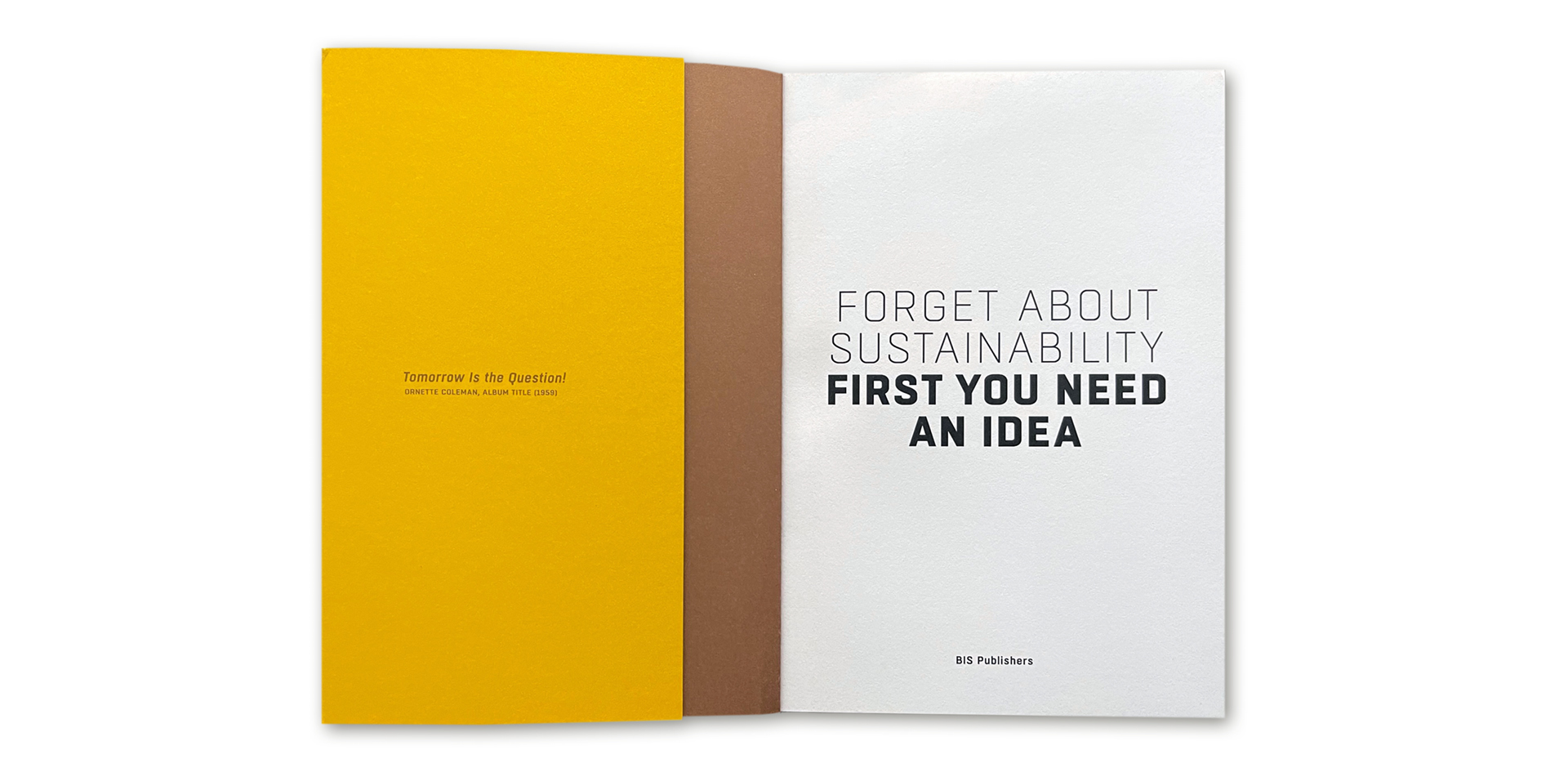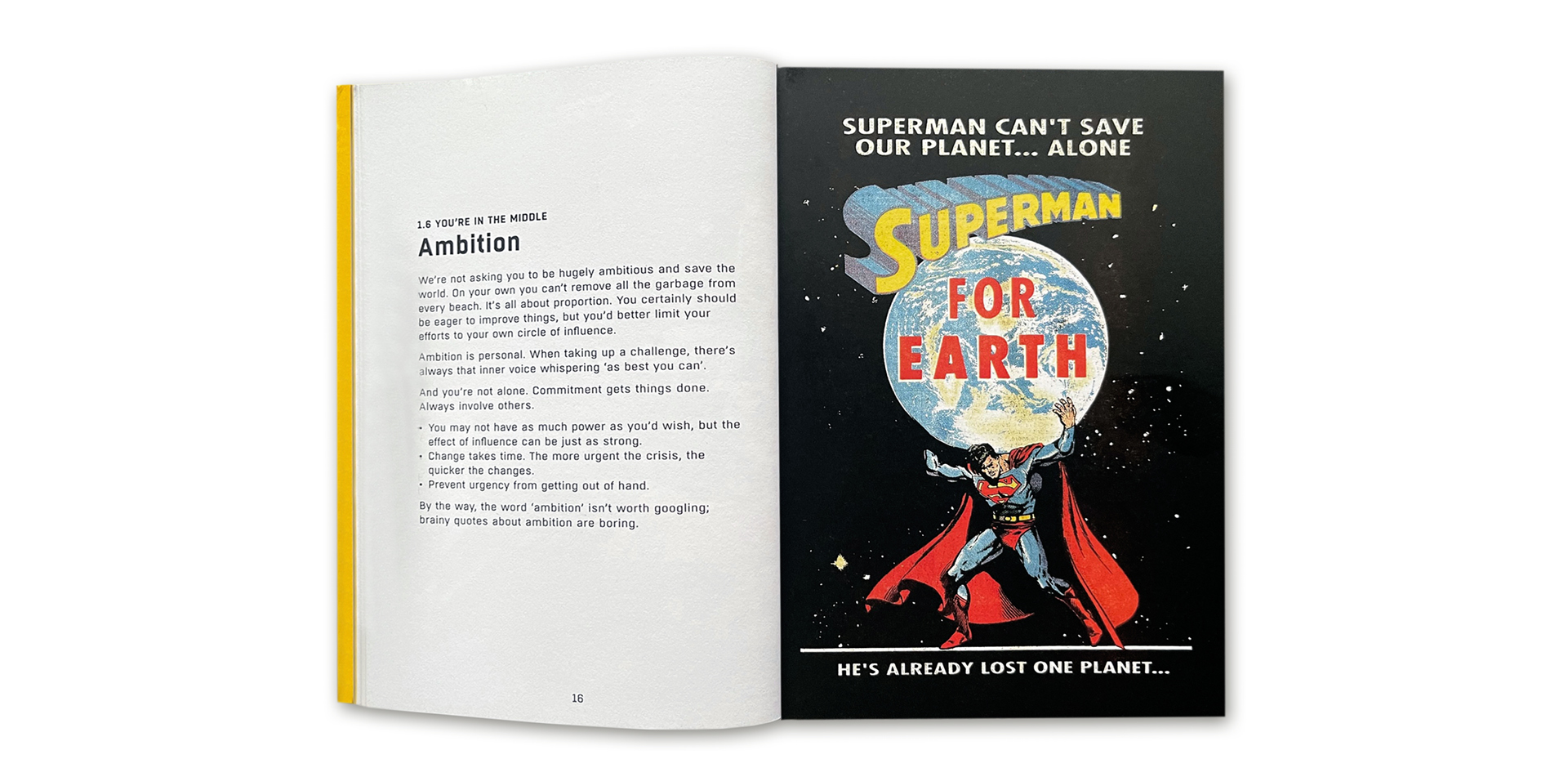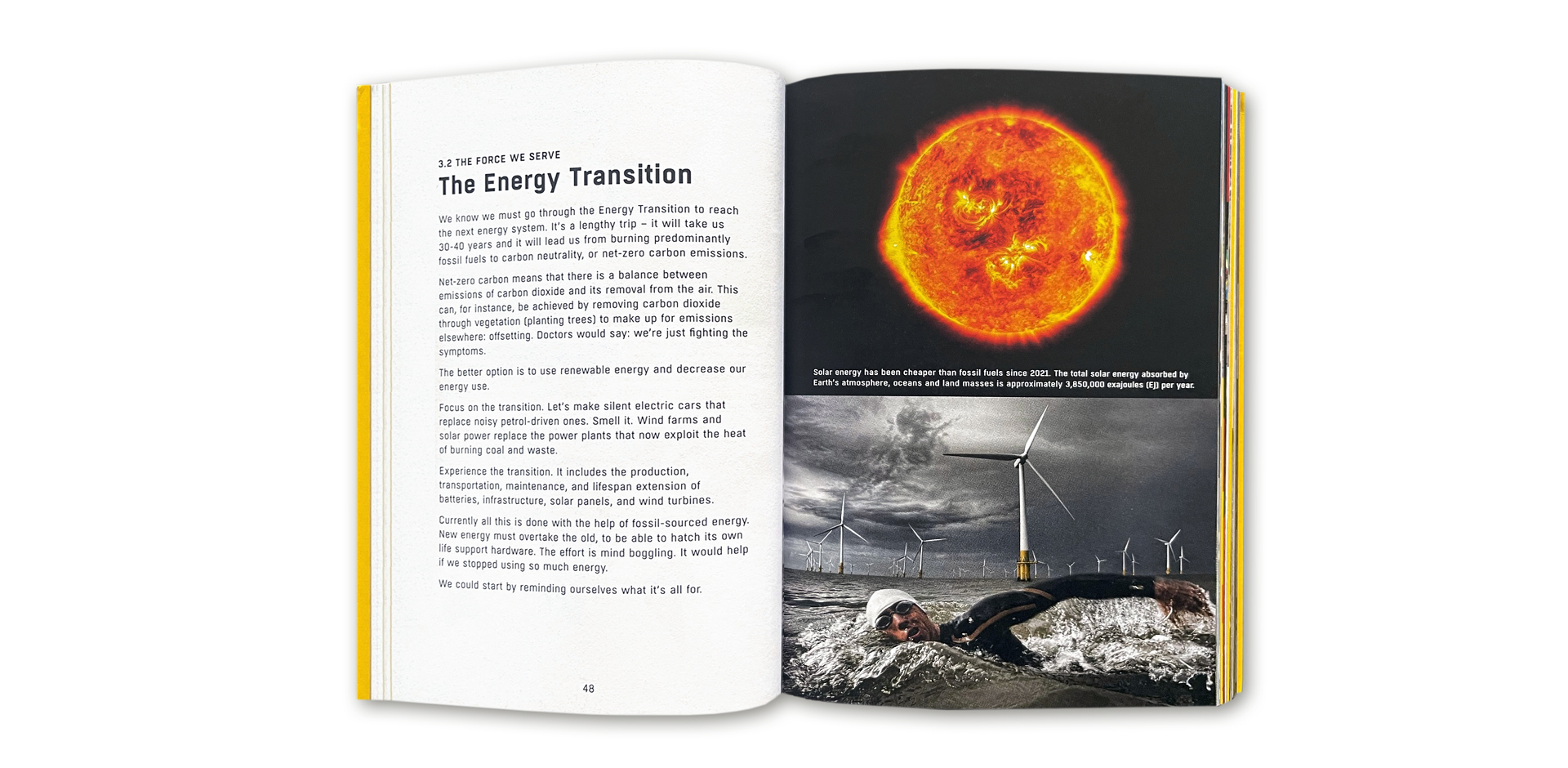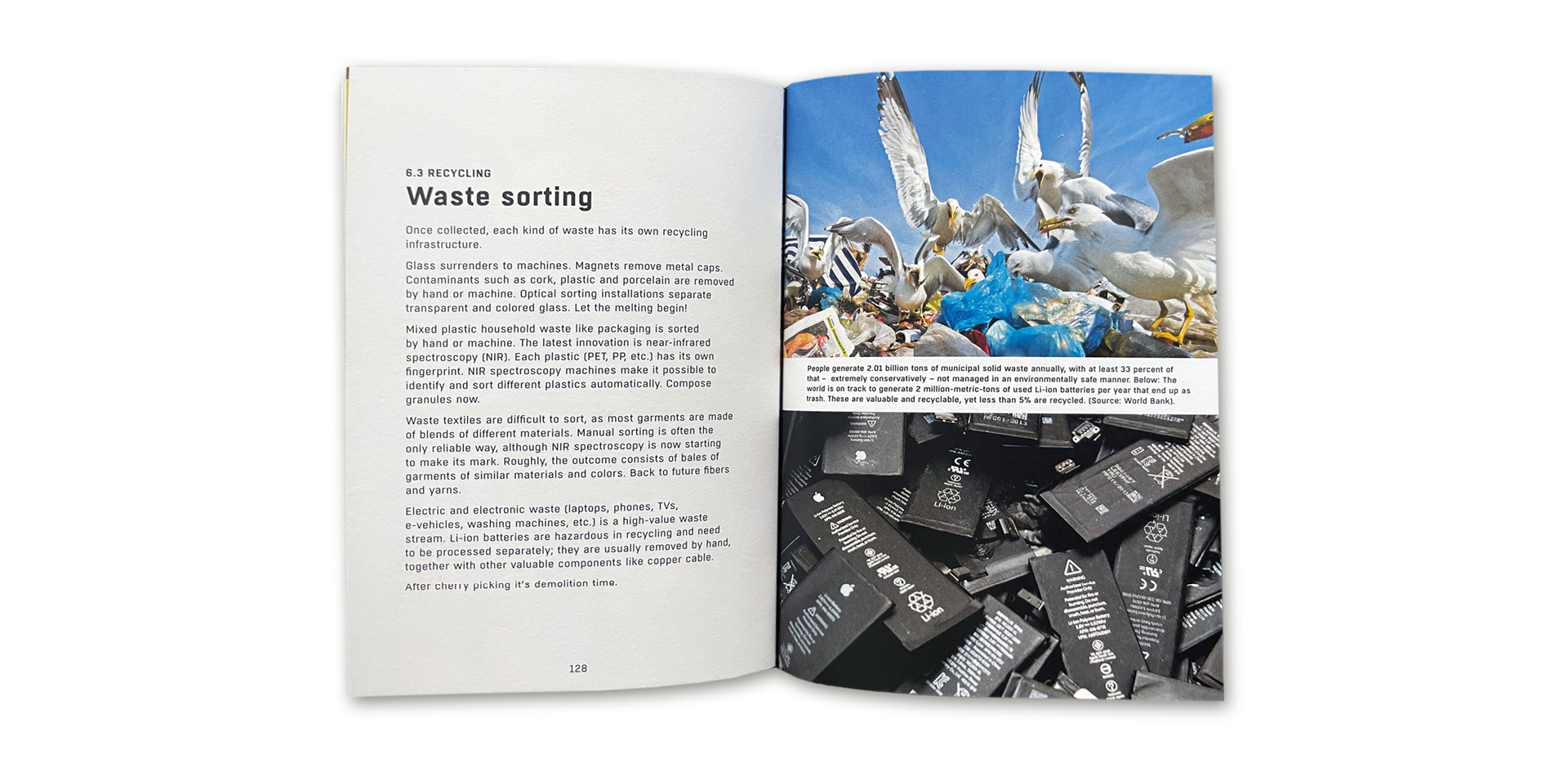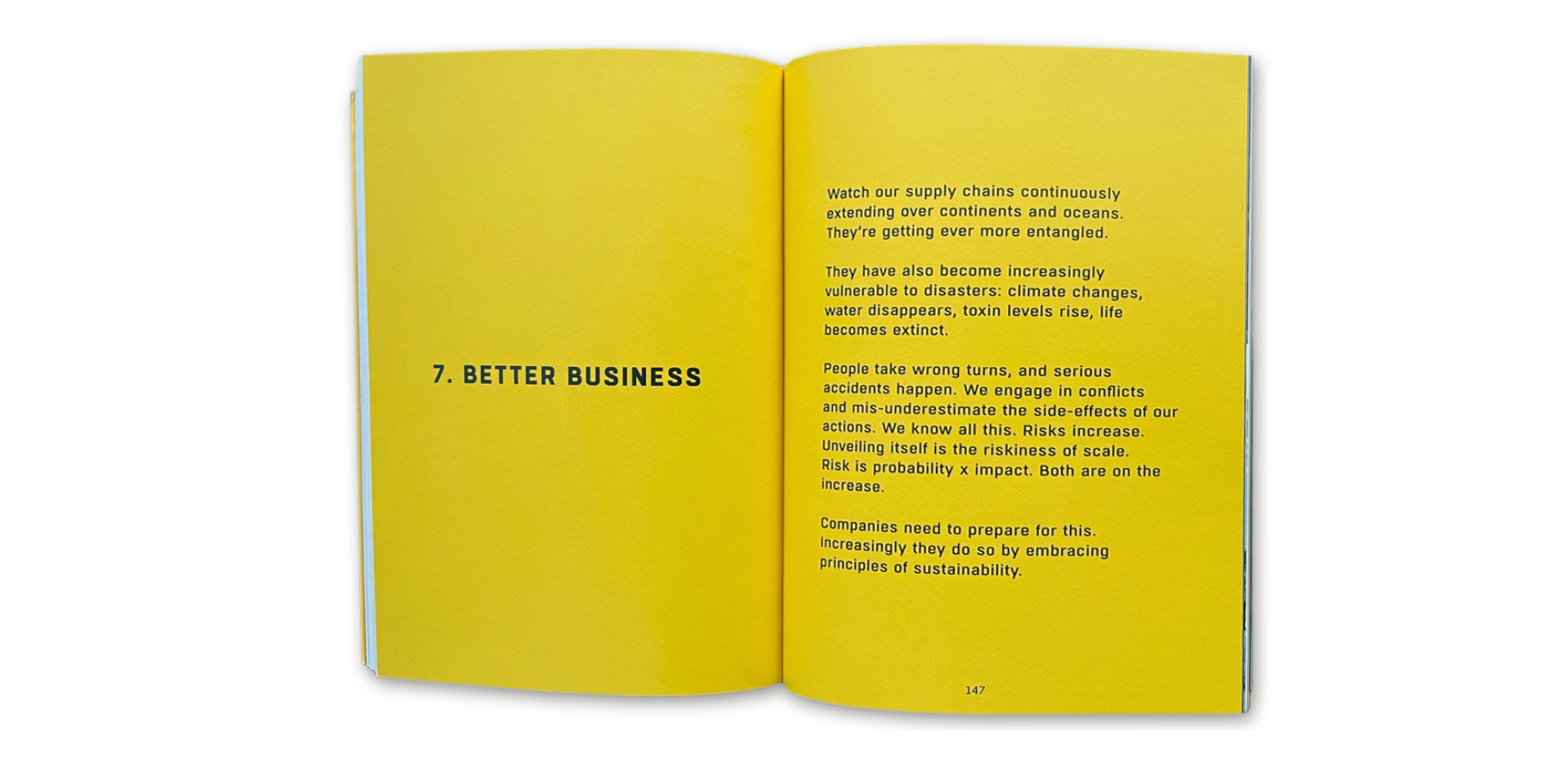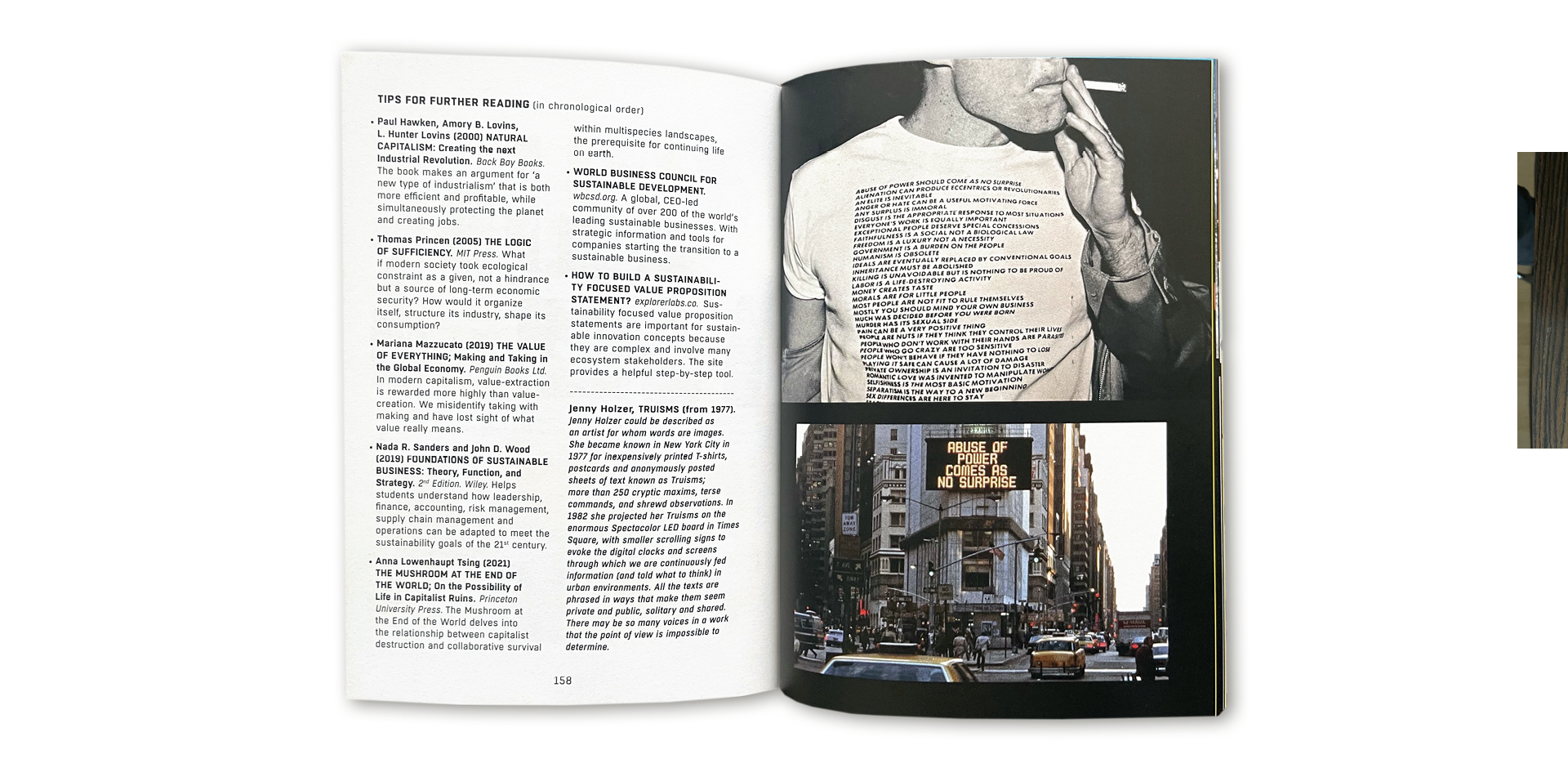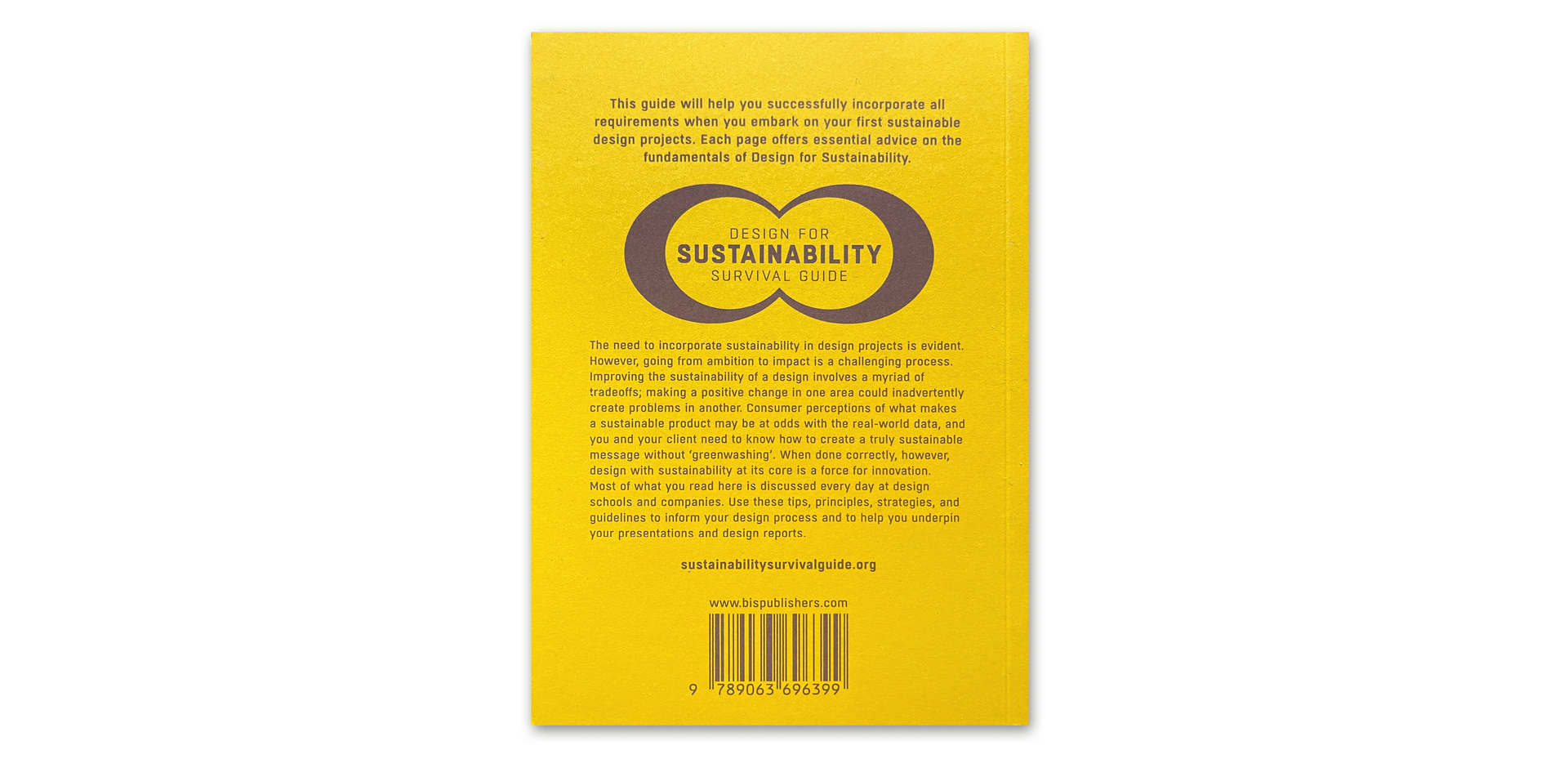The need to incorporate sustainability in design projects is evident. However, going from ambition to impact is a challenging process. Improving the sustainability of a design involves a myriad of tradeoffs; making a positive change in one area could inadvertently create problems in another. Consumer perceptions of what makes a sustainable product may be at odds with the real-world data, and you and your client need to know how to create a truly sustainable message without ‘greenwashing’. When done correctly, however, design with sustainability at its core is a force for innovation. Most of what you read here is discussed every day at design schools and companies. Use these tips, principles, strategies, and guidelines to inform your design process and to help you underpin your presentations and design reports.
